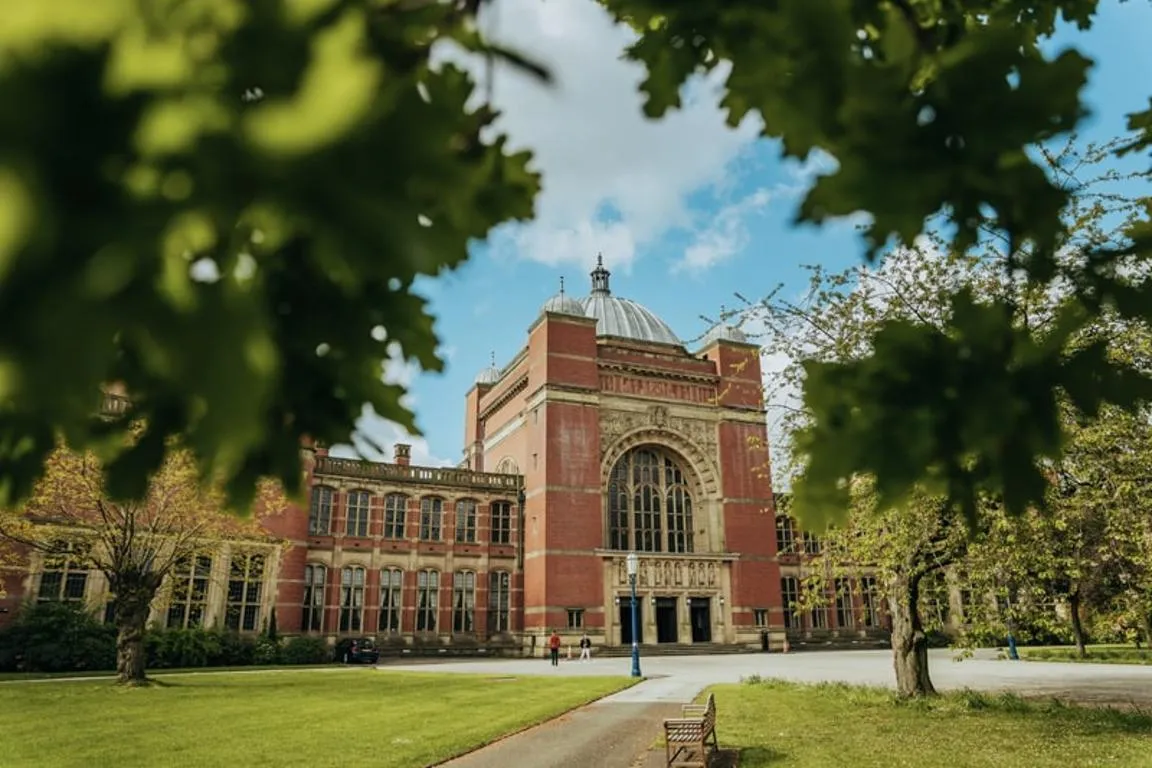The Arctic is often considered an inhospitable landscape, inhabited by few species. However, in the summer the Arctic transforms into a highly productive landscape dominated by wetlands. The snow and ice accumulated over the long winter melt as summer returns so that lakes, ponds, streams and rivers become major features, in some areas water covers 90-percent of the surface. These freshwaters provide habitats for a wide variety of species. Below the water surface fish thrive and juvenile stages of aquatic insects develop before emerging as aerial adults during the summer to mate and complete their life cycle. Above the surface, these ecosystems are a vital breeding ground for migratory bird species that time their annual migration to nest in the Arctic tundra, from as far away as New Zealand, to coincide with the snow melting. The insect emergence is one of their major food sources.
